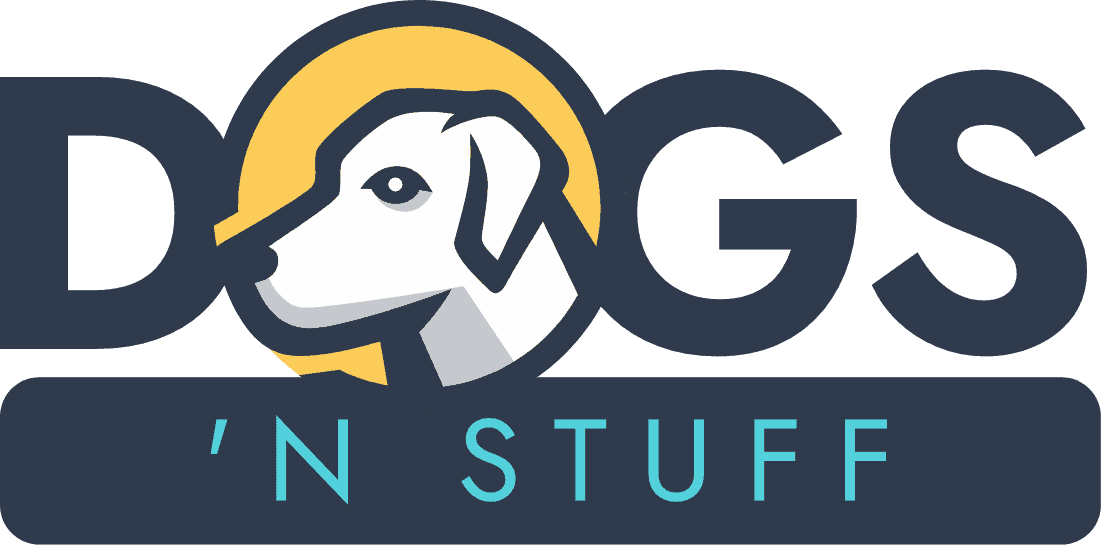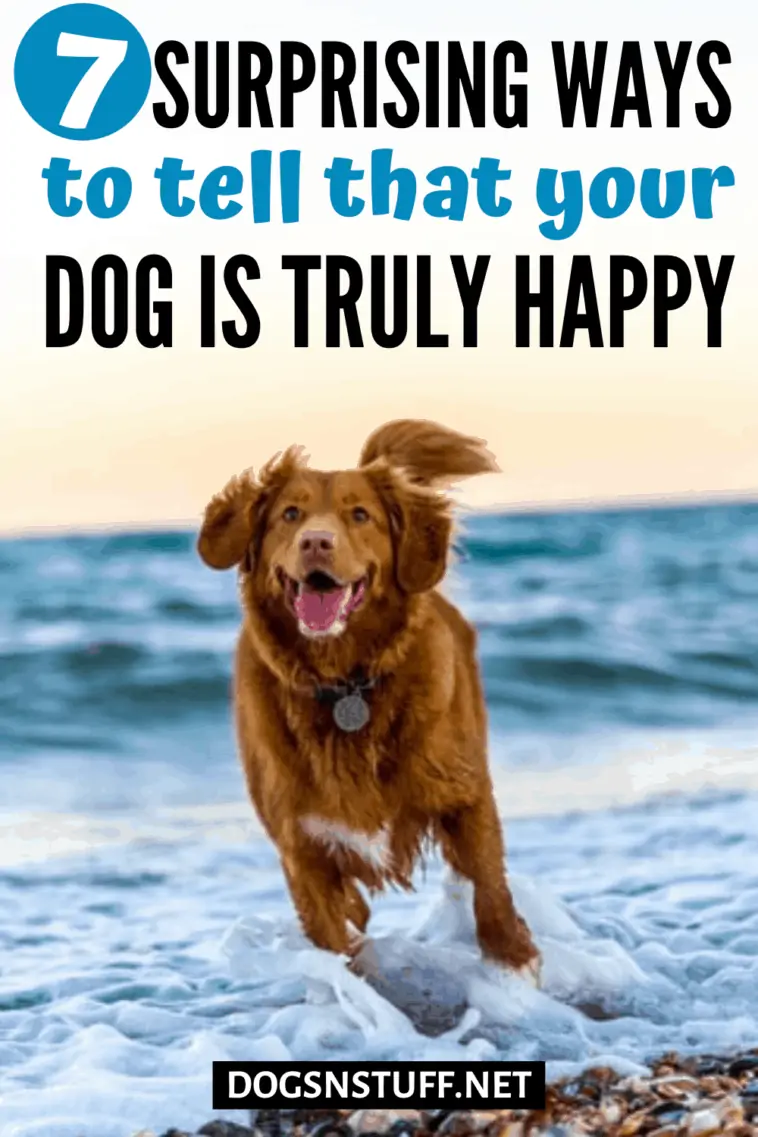We all want to know that we are doing the best for our dog, so recognizing the different forms of body language a dog displays when they are happy is the best way to ensure we understand our dog’s needs and are doing the right thing for them.
This post will help you on how to tell if a dog is happy.
Table of Contents
Making Eye Contact
Dogs will focus on things that they like and are interested in.
If they are intimidated or scared of something, they won’t want to look at it, much the same as a person may cover their eyes if they were to see something scary!
Regular eye contact with your dog is a sign that they love and trust you, so hold their gaze from time to time, to show that you love and respect them too.
Snuggling in Your Stuff
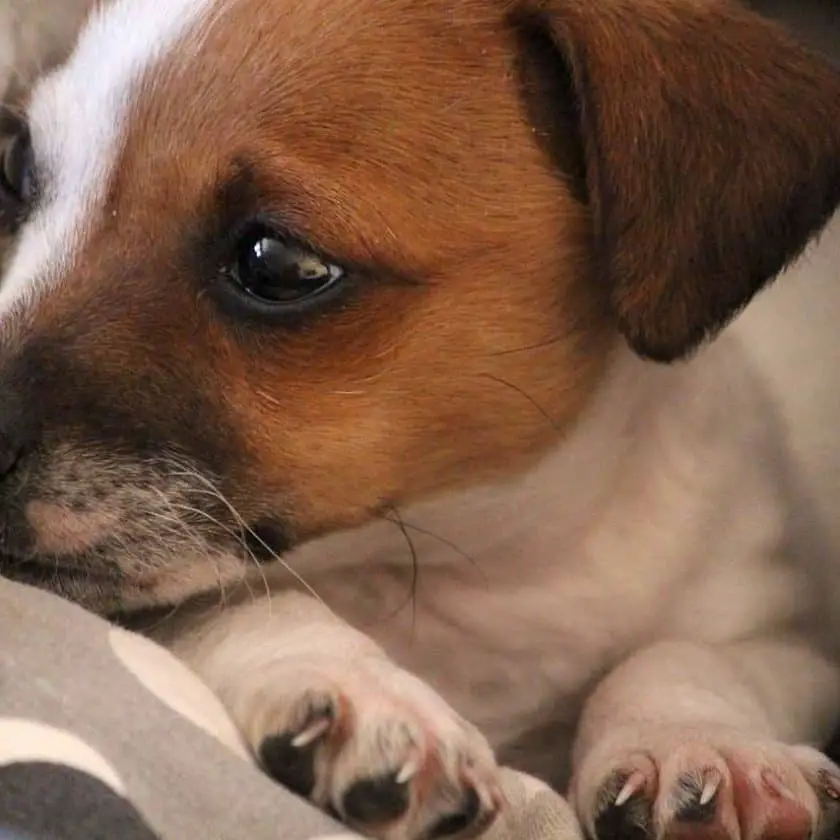
As a dog’s sense of smell is so acute, they use scent to communicate feelings of love and attachment.
Dogs who are happy and well-attached to their owners often enjoy snuggling up to the scent of their owner too.
This goes a long way in explaining why you may often find your beloved pooch nestling in a dirty laundry or chewing on old shoes.
However, if you are concerned that you spend too much time away from your dog, and you often find them hoarding your dirty clothes, they may be experiencing separation anxiety from spending too much time alone.
They Listen to You
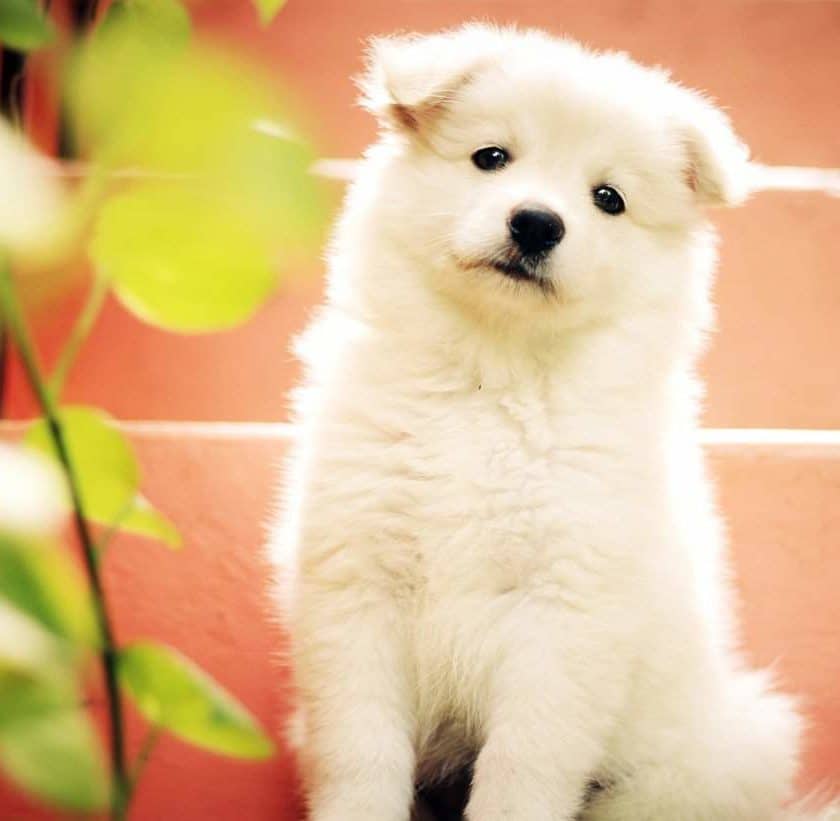
If your dog responds to you when you call, it is a strong sign that they are happy and secure.
If your dog obeys your commands and listens when you speak, it shows that they have a strong bond with you.
It’s important that your dog listens to you, so that you can keep them safe in potentially dangerous situations.
A great way to start practicing this at home is to call your dog, and when they do come to you, make a big deal out of it, heaping lots of praise on them and offering them a treat.
Basic obedience classes are a great way to strengthen your bond if you are having a little trouble establishing this on your own.
Play-time Pup
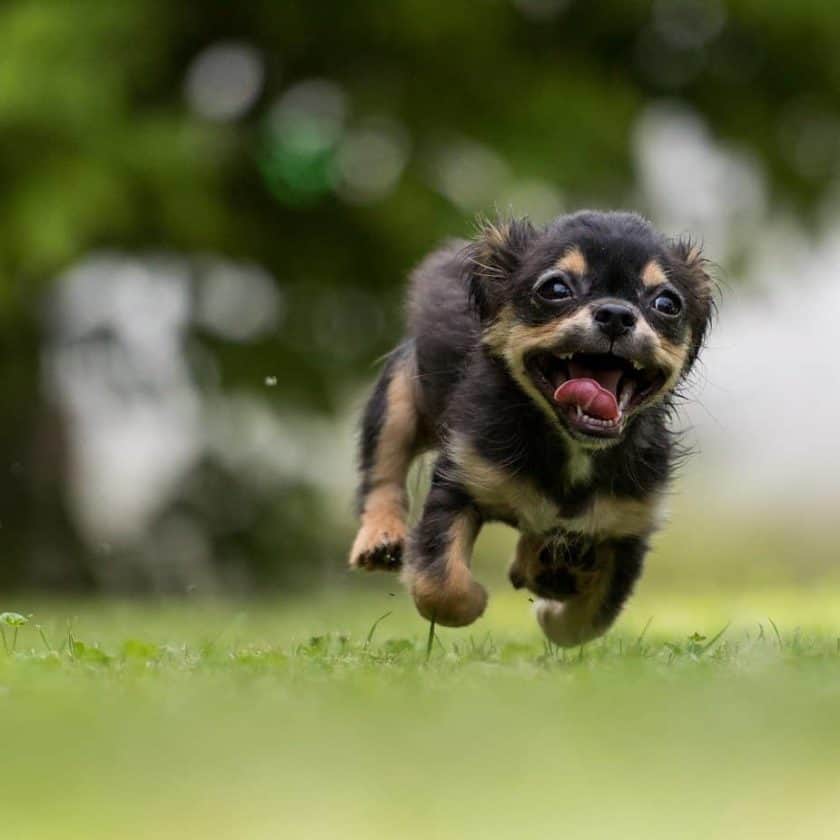
A happy dog regularly displays playful behavior.
Playful behavior may be shown as jumping and leaping about.
Some dogs may also bow to you by stretching out their front legs, receiving a bow from a dog is a sure sign they are happy with you and in a good mood.
A playful pup may also lean into you, enjoying any attention you give them.
It’s also a great sign if your dog pushes into your hand when you go to pet them, or rolls onto their back for you to tickle their tummy.
How to tell if a dog is happy: They are wagging their tail
The most common misinterpretation of dog behavior is the myth that a wagging tail is always associated with a happy and friendly dog.
While some tail wags do mean a dog is happy, other times it can mean a dog is feeling fearful or insecure.
Read more about 5 mistakes people make when reading dog body language.
The wagging tail of a dog serves a similar function as a human smile, it is a social signal that can be used in conjunction with other body parts to convey approval or disapproval of something.
Floppy Ears
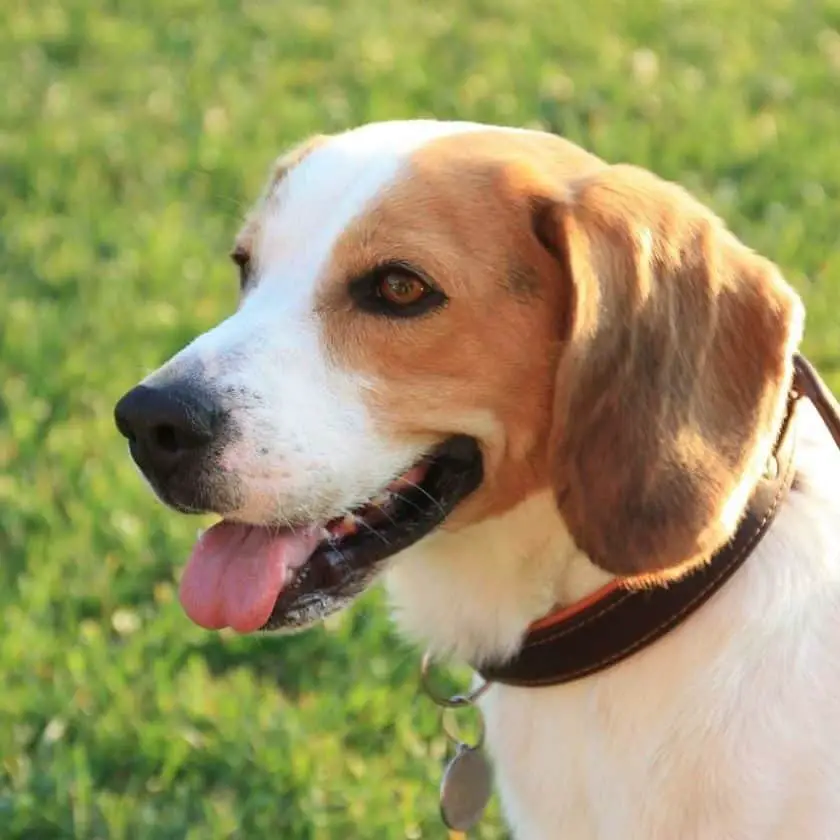
When a dog is feeling relaxed and happy, their ears will be relaxed and floppy.
A dog that is feeling scared and unhappy will flatten their ears against their head, and a dog that is tense will prick their ears to listen out for anything that could alert them to danger.
Regular Check-ins
Dogs who are happy and secure in the bond they share with their owner will often seek them out.
This also includes when you are out and about with your dog.
They may still pull on their leash when they get excited on walks, but they will frequently turn back to you, making regular eye contact and brushing up against you.
A happy, well-bonded dog is much less likely to run away from their owner, and those well-bonded dogs that do make a break for it, will quickly respond to a call for them to return.
How do I tell my dog I love him?
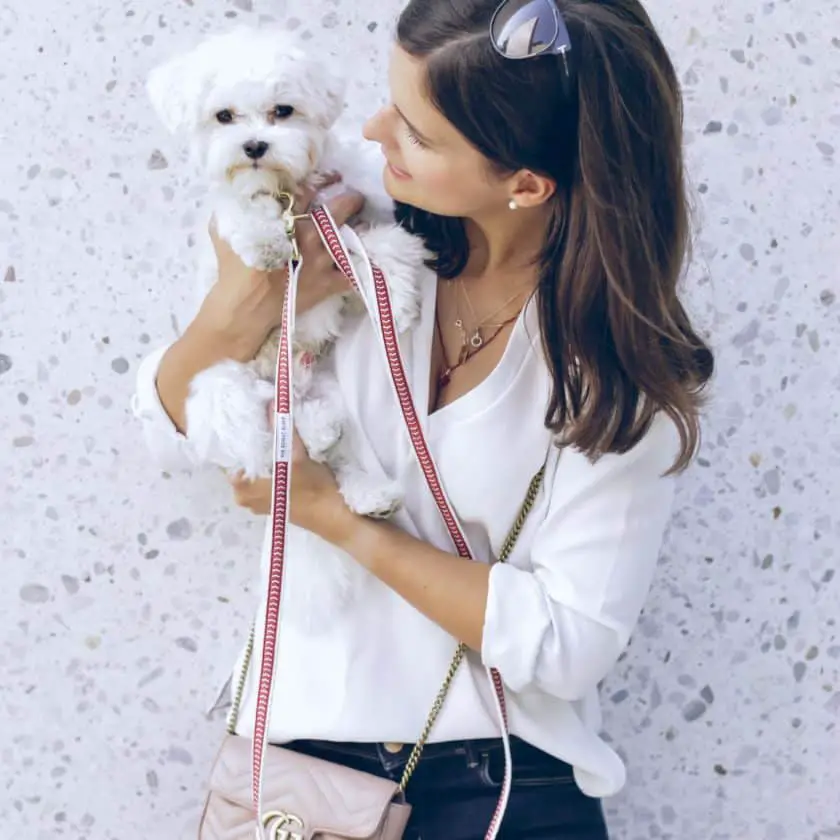
Dogs never fail to shower their owners with love and loyalty.
They are someone you can always lean on through the ups and downs of life.
So, it is just fair that we also do the same for them, and express how much our dogs mean to us.
For humans, hugs and kisses are one of the most common languages of affection, but are you aware that these gestures don’t translate to dogs in the same way as ours?
Some dogs might feel awkward when they’re being hugged, and a kiss on their forehead might signify that you want to assert your dominance.
We want our dogs to know that we love them in a way they can understand.
Here are 5 ways to say “I love you” in a dog’s language.
1. Speak your emotions
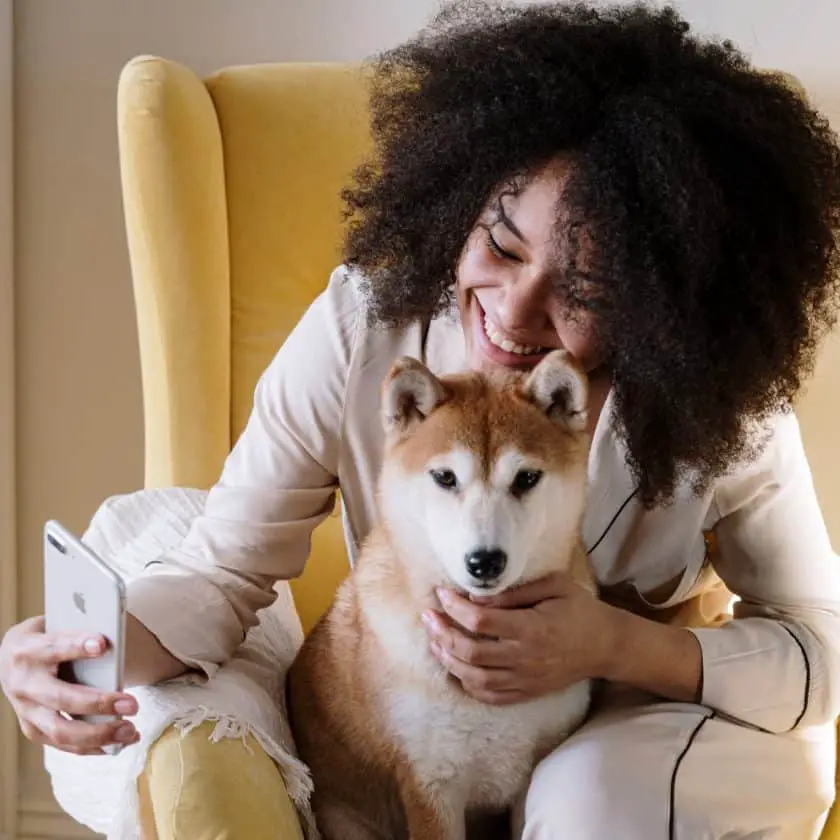
Dogs are extremely empathetic creatures. They can easily pick up human emotions, and body language.
And apparently, dogs can understand human language better than we originally thought.
Researchers from Emory University conducted a study using Magnetic Resonance Imaging (MRI) and found out that dogs understand some words like “fetch”, “run”, and “sit”.
Their brain also showed increased neural activity when exposed to new words.
So go ahead and talk to your dog. Let them be aware of how much you love them and how grateful you are.
2. Rub their ears
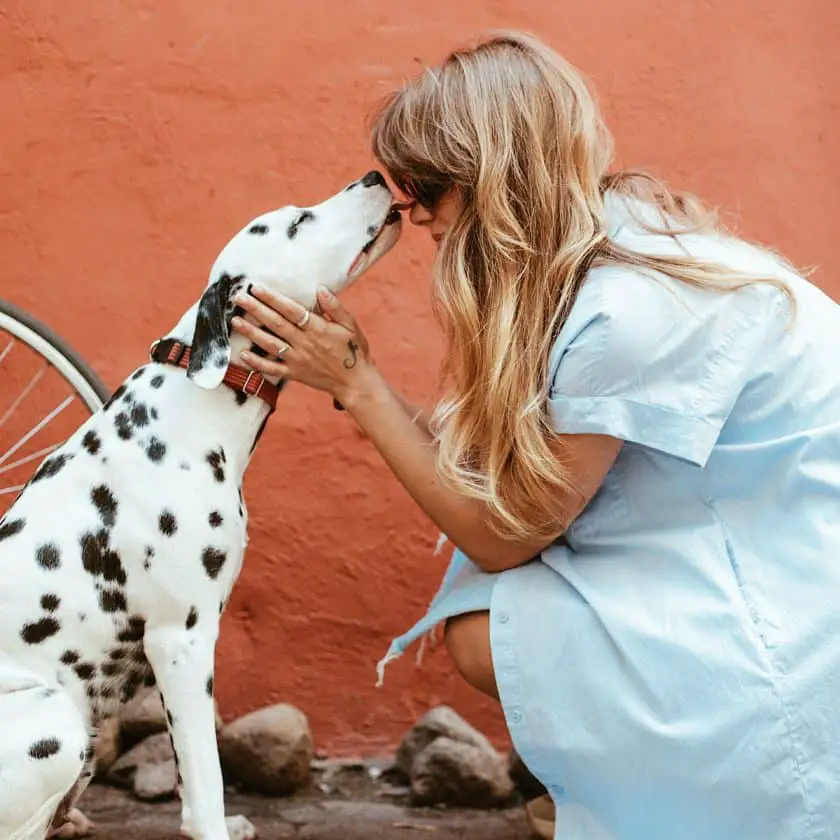
Dogs love receiving a soothing massage, especially if you focus on their ears.
A dog’s ear is full of sensitive nerve endings, that when rubbed, will release hormones like oxytocin and endorphin throughout the body.
These happy hormones are also natural pain killers, and will immediately send your dog into cloud nine.
3. Lean on them
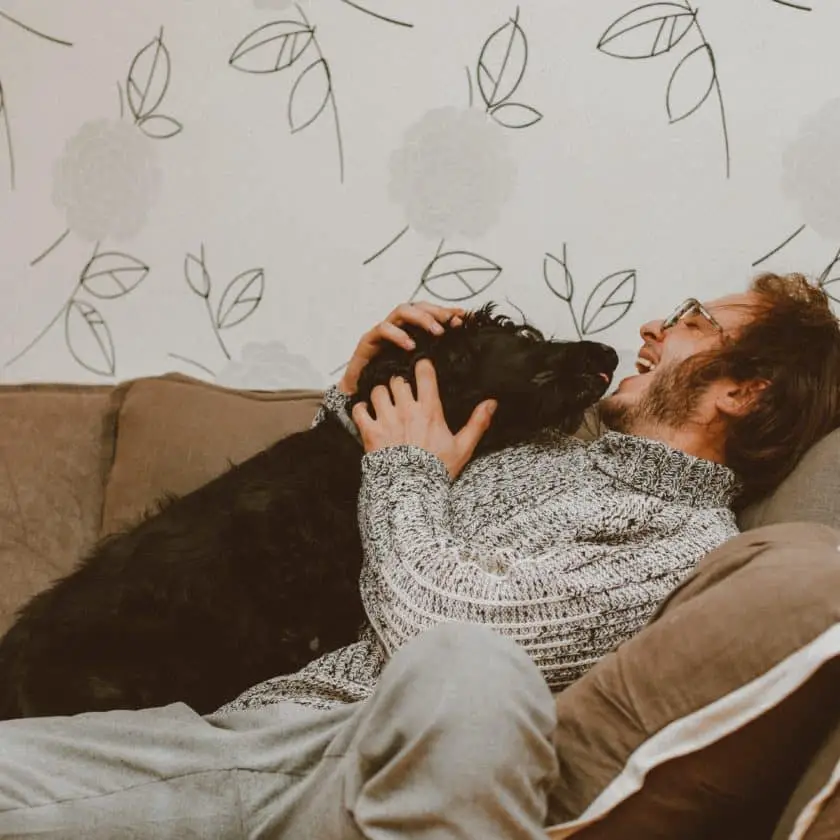
Do you notice that sometimes out of nowhere your dog starts to lean on you? It means that your dog is seeking affection.
Reciprocate the love and gently press your weight against them too.
This gesture signifies a “doggie hug”, but without the awkward feeling of getting trapped or crushed.
Your dog will feel that you can be trusted, and metaphorically, someone they can lean on.
4. Gaze into their eyes
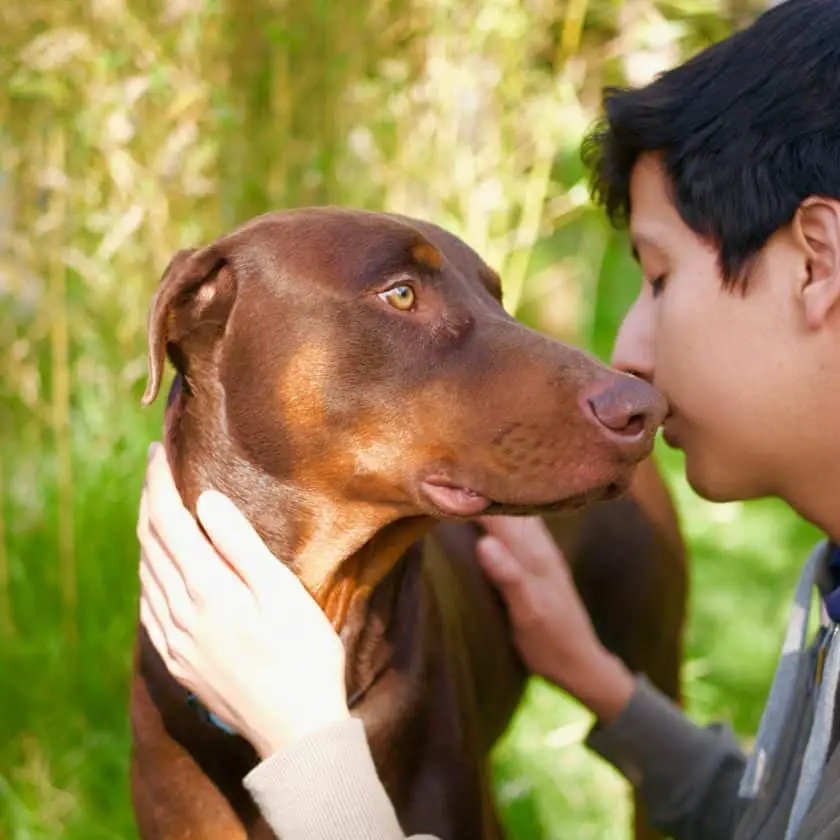
Another way to say “I love you” in a dog’s language is by staring into their eyes.
A study suggests that speaking softly to your dog while maintaining long eye contact stimulates the release of oxytocin or the “love hormone”.
Suggestion? Include raising your eyebrows – especially the left one – because your dog recognizes this as a sign of affection.
Although a word of warning, make sure that you only do long eye contact with a dog you’re truly close with because if not, this gesture can be taken as a threat or aggressiveness.
5. Sleep together
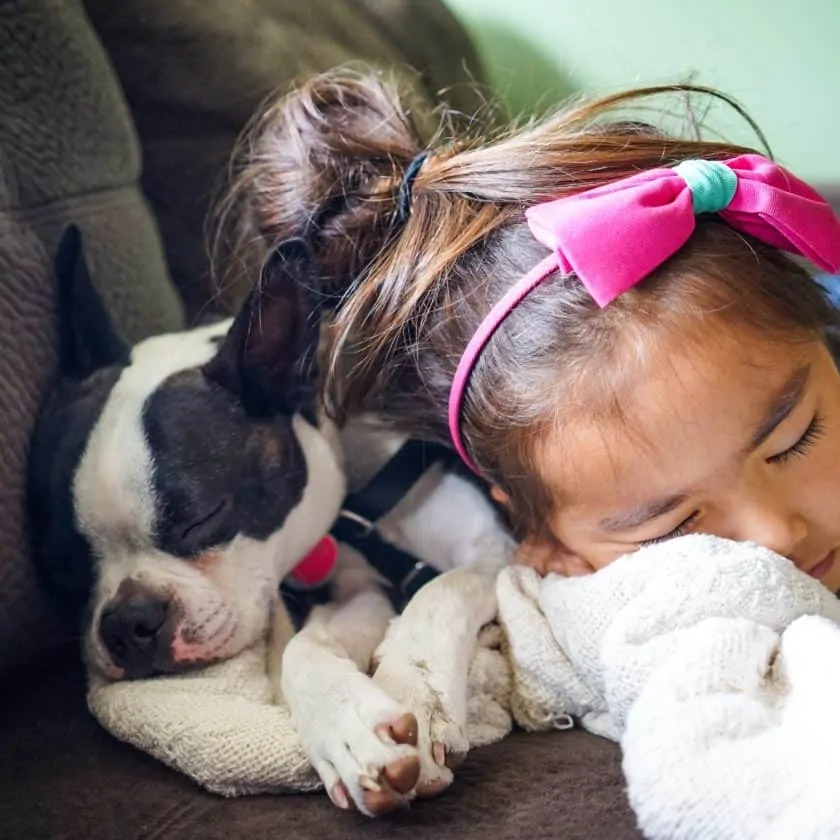
Same as with your significant other, letting your dog sleep with you proves how much you love them.
A recent study suggests that sleeping with their owner was the greatest display of a dog’s love and confidence because they acknowledge that the owner can be trusted when he is most exposed and vulnerable.
Is it OK to hug your dog?
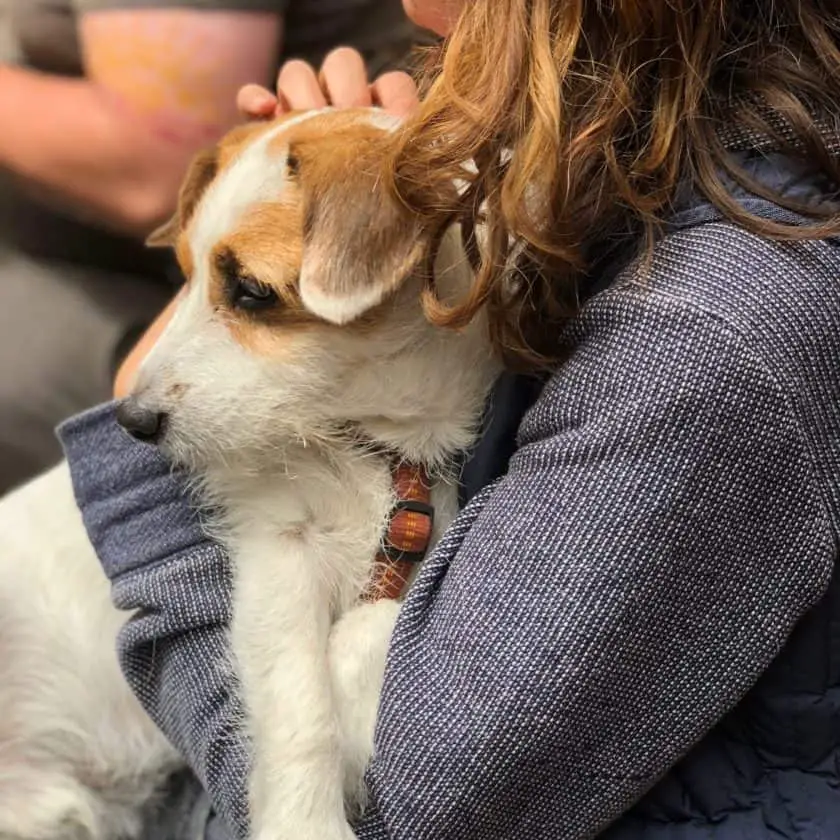
For humans, a sincere hug reaps a ton of benefits. It releases oxytocin, a happy hormone, and a 20-second hug can significantly reduce blood pressure and stress.
So it is just normal to think that maybe it is the same for your dog.
After all, when you’re full of affection to someone, you couldn’t resist hugging them, right?
So, should you hug your dog? Behaviorists say no.
Dogs are cursorial animals, meaning they are specifically modified to run away at times of danger.
So when you hug your dog, you strip away that instinct by immobilizing them thus increasing their anxiety that might lead to biting.
Behaviorists recommend leaning to your dog tenderly instead of the usual hugs because this motion doesn’t make them feel trapped or confined, and your dog will understand this as a display of love.
What does a whale eye mean in dogs?
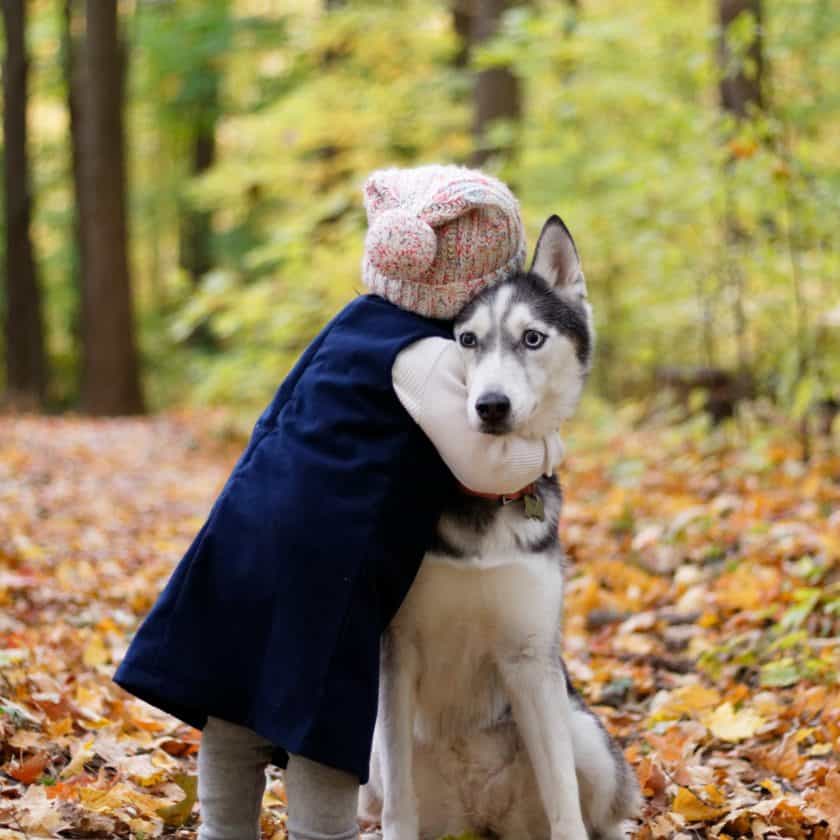
When you search images of people especially kids hugging dogs, most of the results will show dogs being awkward with the white of his eyes (sclera) visible, forming like a half-moon.
“Whale eye,” “half-moon eye” or “Side-eye” in canine body language means that they’re uncomfortable or stressed in the situation.
Sometimes dogs will also show this when they’re just playing around so to distinguish real from a false case of whale eye, look at your dog’s overall cues.
A real case of whale eye includes a stiff facial expression with eyes bulging wide open, ears pinned down, mouth closed, and avoiding eye contact.
